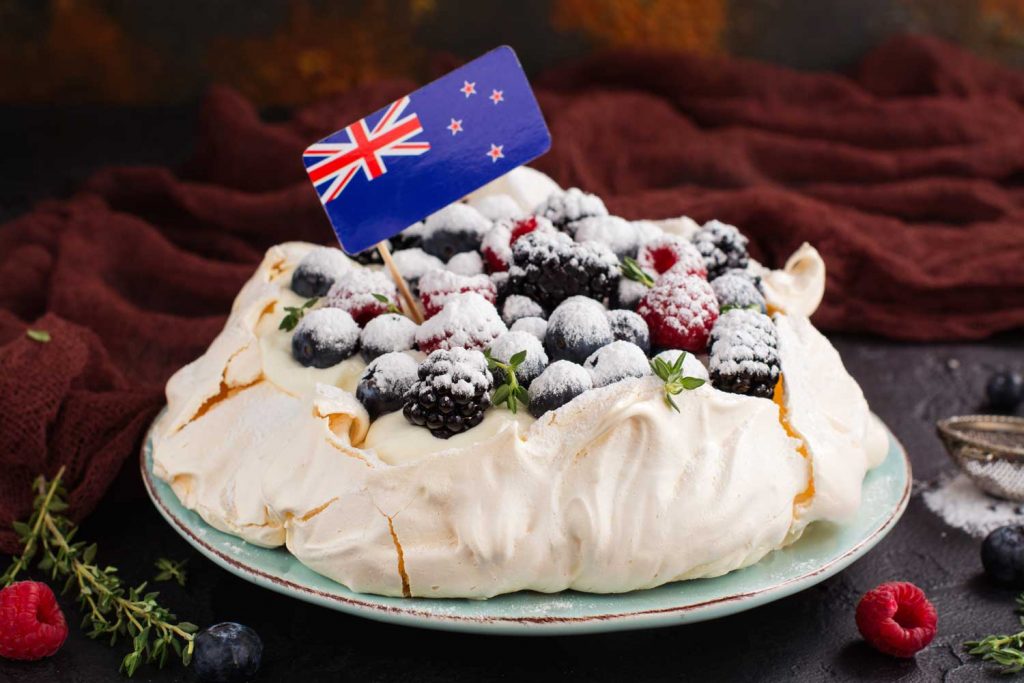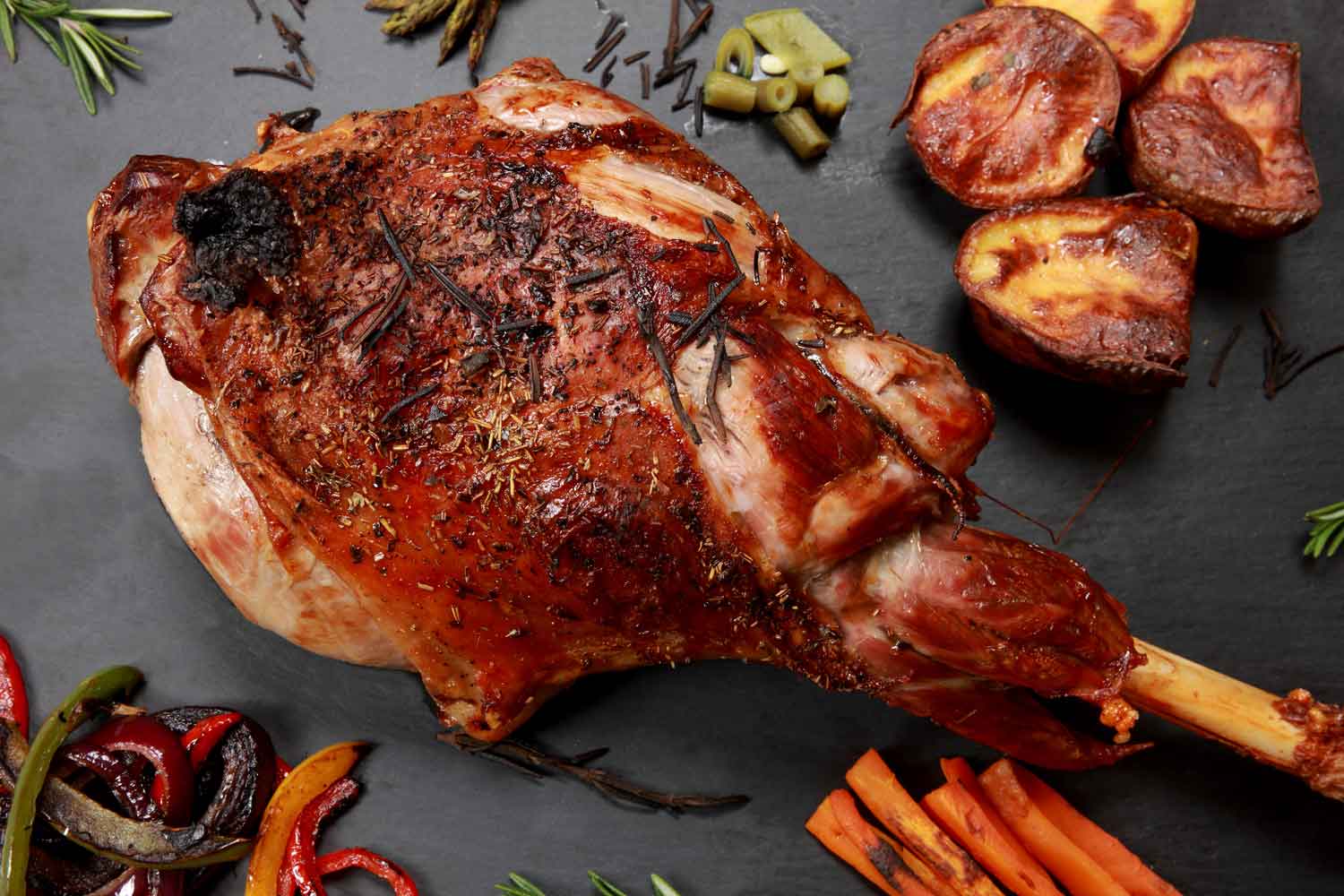New Zealand meals embarks on a tantalizing culinary journey, the place indigenous Māori flavors intertwine harmoniously with European influences to create a vibrant and distinctive gastronomy.
From the normal hangi feasts to up to date culinary masterpieces, New Zealand’s meals scene is a testomony to its wealthy cultural heritage and progressive spirit.
Conventional Māori Delicacies

Māori delicacies, the normal culinary practices of the indigenous Māori individuals of New Zealand, is deeply rooted within the land and its pure assets. Hangi, an earth oven cooking methodology, holds immense cultural significance and is a cornerstone of Māori gatherings and celebrations.
Hangi: The Coronary heart of Māori Cooking
Hangi entails putting meals in a pit lined with heated stones and overlaying it with earth to cook dinner slowly. This conventional methodology imparts a singular taste and aroma to the meals, making a centerpiece for communal eating experiences.
Historically, hangi was used to cook dinner meats equivalent to pork, hen, and fish, in addition to greens like kumara (candy potato), pōhā (berry), and cabbage. The prolonged cooking time permits the flavors to mix harmoniously, leading to a young and succulent meal.
Native Components and Cultural Significance
Māori delicacies showcases a wealthy array of native substances, reflecting the shut connection between the Māori individuals and their atmosphere. Kumara, a candy and nutritious root vegetable, is a staple in Māori cooking, typically roasted or mashed. Pōhā, a local berry with a tart taste, provides a vibrant coloration and style to dishes.
These substances maintain cultural significance, symbolizing the Māori individuals’s deep respect for the land and its bounty. Using hangi and native substances in Māori delicacies not solely offers sustenance but in addition strengthens the cultural id and traditions of the Māori individuals.
European Influences: New Zealand Meals
British colonization considerably influenced New Zealand’s culinary panorama. European settlers launched their very own culinary traditions and substances, which blended with Māori delicacies to create a singular New Zealand meals tradition.
Fish and Chips
One of the crucial iconic European-inspired dishes in New Zealand is fish and chips. This dish consists of fried fish, usually hoki or snapper, served with potato chips (fries). Fish and chips are sometimes loved as a takeaway meal or at fish and chip retailers all through the nation.
Meat Pies
One other common European-inspired dish in New Zealand is the meat pie. Meat pies are usually made with a pastry crust crammed with minced meat, greens, and gravy. Meat pies are a typical lunch or snack meals and are sometimes bought at bakeries and comfort shops.
Fusion of Māori and European Cooking Methods
The fusion of Māori and European cooking strategies has resulted within the creation of many distinctive dishes. For instance, the Māori hangi, a conventional methodology of cooking meals in an underground oven, has been tailored to cook dinner European dishes equivalent to roast pork and lamb.
Up to date New Zealand Delicacies

The Nineteen Eighties marked a pivotal period for New Zealand delicacies, witnessing the emergence of a definite and progressive culinary panorama. This culinary renaissance was pushed by a convergence of things, together with elevated entry to worldwide substances, a rising appreciation for native produce, and the rise of proficient cooks who dared to problem culinary conventions.Up to date
New Zealand delicacies is characterised by its emphasis on contemporary, seasonal, and regionally sourced substances. Cooks draw inspiration from each Māori and European traditions, creating dishes that showcase the distinctive flavors and textures of New Zealand’s various ecosystems.
Revolutionary Dishes, New zealand meals
Up to date New Zealand cooks have gained worldwide recognition for his or her culinary creativity. They experiment with conventional substances and strategies, pushing the boundaries of gastronomy. Some progressive dishes that exemplify this culinary innovation embody:
-
-*Paua (Abalone) Ceviche
Thinly sliced paua marinated in a citrusy, fragrant mix of lime, coriander, and chili peppers.
-*Venison Carpaccio
Uncooked venison thinly sliced and drizzled with olive oil, lemon juice, and shaved Parmesan cheese.
-*Hāngi-style Lamb
Lamb cooked in a conventional Māori earth oven, imparting it with a smoky, earthy taste.
Seafood Delicacies
New Zealand’s huge shoreline and pristine waters are house to an abundance of seafood delicacies. From succulent green-lipped mussels to succulent crayfish, the nation’s culinary scene is famend for its contemporary and sustainable seafood choices.
The nation’s dedication to sustainable fishing practices ensures the longevity of those marine assets. Strict quotas, closed seasons, and marine reserves assist protect the fragile steadiness of the ecosystem, making certain that future generations can benefit from the bounty of the ocean.
Inexperienced-lipped Mussels
Inexperienced-lipped mussels, a New Zealand delicacy, are prized for his or her emerald-green shells and tender, juicy meat. Farmed within the clear, nutrient-rich waters of Marlborough Sounds, these mussels are identified for his or her distinctive taste and dietary worth.
Crayfish
Crayfish, also referred to as rock lobsters, are one other common seafood delicacy in New Zealand. These crustaceans, present in abundance alongside the nation’s rocky coastlines, are identified for his or her candy, succulent meat and spectacular measurement.
Wine and Drinks

New Zealand’s wine business has gained worldwide acclaim, significantly for its Sauvignon Blanc. The nation’s distinctive local weather and various soils present excellent situations for rising grapes, leading to wines with distinctive flavors and aromas.
Wine Areas and Grape Varieties
New Zealand’s wine areas span from the North to the South Islands, every producing wines with distinct traits. Key areas embody:
- Marlborough: Famend for its fragrant Sauvignon Blanc and Pinot Noir.
- Central Otago: Produces elegant Pinot Noir and Chardonnay.
- Hawke’s Bay: Recognized for its Bordeaux-style blends and Syrah.
Along with Sauvignon Blanc, different grape varieties grown in New Zealand embody:
- Pinot Noir
- Chardonnay
- Riesling
- Gewürztraminer
Craft Beer and Apple Cider
Past wine, New Zealand additionally produces a spread of craft beers and apple ciders. Native breweries have gained recognition for his or her progressive and flavorful beers, whereas the nation’s ample apple orchards present the muse for refreshing and crisp ciders.
Q&A
What’s the significance of hangi in Māori tradition?
Hangi is a conventional Māori earth oven cooking methodology that holds nice cultural and social significance. It symbolizes neighborhood, hospitality, and the sharing of meals.
What are some examples of conventional Māori dishes?
Conventional Māori dishes embody hangi-cooked meats equivalent to pork, hen, and lamb, in addition to greens like kumara (candy potato), pōhā (berry), and pumpkin.
How did European colonization affect New Zealand delicacies?
European colonization launched new substances and cooking strategies to New Zealand, resulting in the event of dishes like fish and chips, meat pies, and bread.
What are some examples of latest New Zealand delicacies?
Up to date New Zealand delicacies showcases progressive dishes that make the most of contemporary, seasonal, and regionally sourced substances, typically incorporating Māori and European culinary traditions.
What are some common seafood dishes in New Zealand?
New Zealand is famend for its abundance of seafood, with common dishes together with green-lipped mussels, crayfish, and oysters.

